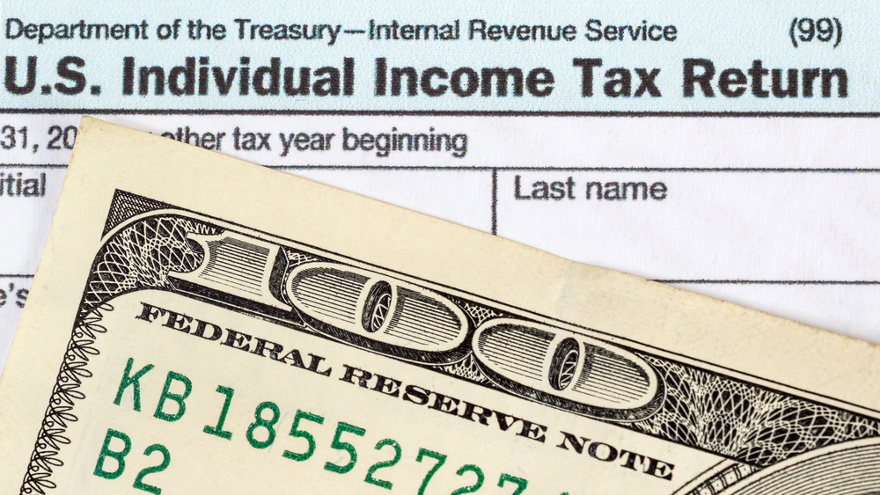Tax refunds trigger US auto loan ABS improvement in February

By subscribing, you agree to receive communications from Auto Remarketing and our partners in accordance with our Privacy Policy. We may share your information with select partners and sponsors who may contact you about their products and services. You may unsubscribe at any time.
NEW YORK –
The cadence of customer-payment improvement stemming from an injection of cash from the Internal Revenue Service surfaced again, according to the latest analysis from S&P Global Ratings.
On Tuesday, analysts reported prime and subprime collateral performance in the U.S. auto loan asset-backed securities (ABS) market improved in February, fueled by a decrease in net losses and delinquencies and an uptick in recoveries.
According to a report published today by S&P Global Ratings titled, “U.S. Auto Loan ABS Tracker: February 2018,” the improvement was mainly driven by seasonal factors in which tax refunds helped consumers bring their credit obligations current and fueled demand for used vehicles.
As part of S&P Global Ratings recent auto loan ABS rating activity during the first quarter, analysts said their reviews resulted in 65 upgrades, 28 affirmations and no downgrades.
The firm indicated prime net losses declined to 0.69 percent in February from 0.81 percent in January and 0.72 percent in February of last year. At the same time, S&P Global Ratings pointed out the prime recovery rate increased to 53.91 percent in February 2018 from 50.27 percent in January.
There was also a slight year-over-year improvement from a 53.65 percent recovery rate registered last February.
Subscribe to Auto Remarketing to stay informed and stay ahead.
By subscribing, you agree to receive communications from Auto Remarketing and our partners in accordance with our Privacy Policy. We may share your information with select partners and sponsors who may contact you about their products and services. You may unsubscribe at any time.
“The start of this year's tax refund period helped support the improvement in recoveries, even though tax refunds were slower in the first half of February compared to a similar time last year,” analysts said.
S&P Global Ratings determined the prime 60-day delinquency rate declined slightly to 0.46 percent in February from 0.55 percent in January and remained relatively stable compared with 0.47 percent in February 2017.
Analysts also highlighted the subprime net loss rate also improved month-over-month, decreasing to 9.10 percent in February from 9.98 percent in January. But the metric rose on a year-over-year basis to 9.10 percent from 8.41 percent in February of last year.
“The monthly decline in losses is largely attributable to seasonal factors because late payments tend to peak at year-end due to holiday shopping,” S&P Global Ratings said. “Losses then decrease during tax season as refunds support consumers' ability to bring their credit obligations current.”
Analysts highlighted subprime recoveries picked up month-over-month, increasing to 39.22 percent in February from 33.72 percent in January. They were also slightly higher than the 38.71 percent recover rate in February of last year.
S&P Global Ratings mentioned one of the main reasons for the subprime recovery improvement was due to AmeriCredit’s recoveries rebounding to be more in line with their February 2017 level.
Analysts reported the subprime 60-day delinquency rate fell by 79 basis points to 5.16 percent in February from 5.95 percent in January. On a year-over-year basis, severe delinquencies rose from 4.71 percent in February of last year.
Additionally, the Auto Loan Static Index from S&P Global Ratings showed cumulative net losses (CNLs) for the prime CNLs have risen quite significantly for the 2015 vintage compared to 2014, they have moderated for 2016, and they are stable for the first and second quarter 2017 compared to 2016.
In subprime, CNLs for the 2016 vintage are trending in line with 2015, according to S&P Global Ratings. Analysts added the first and second quarter 2017 vintages are tracking just slightly ahead of 2016, but higher levels of deep subprime issuance have contributed to this development.
“Only a rating committee may determine a rating action, and this report does not constitute a rating action,” S&P Global Ratings said.


